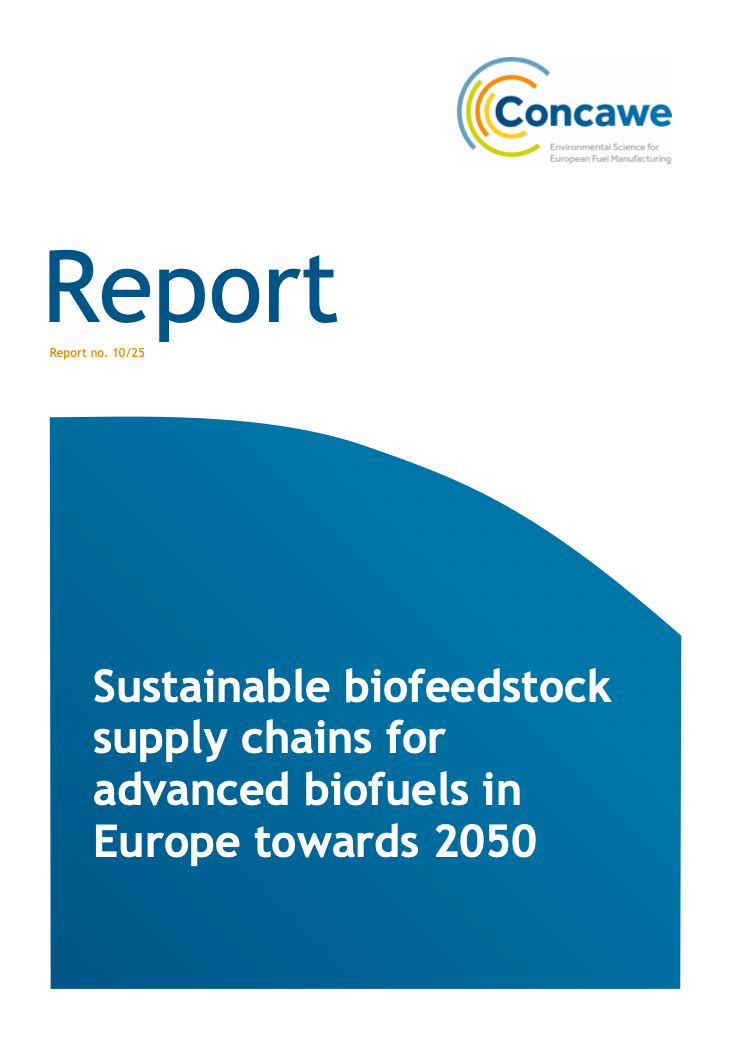Energy Innovation Needs Assessment Sub-theme report: biomass & bioenergy

“This report covers both the production of biomass feedstocks, as well as the conversion of these feedstocks to different energy vectors. It focusses on how innovation could bring down costs and reduce barriers to deploying technologies within the biomass and bioenergy sub-theme. This work focusses on technologies at earlier stages of development”. The report has four sections: (1) Biomass and bioenergy in the energy system, (2) Innovation opportunities, (3) business opportunities and (4) market barriers to innovation.
The report finds that bioenergy could meet between 5% and 15% of the UK’s energy demand by 2050. However, due to the UK’s limited land availability, it would require substantial imports. The report also concludes that the most effective use of limited biomass is for negative emissions applications.
The report finds that the UK can become a leader in the production and use of Municipal Solid Waste (MSW) and the breeding of Miscanthus. For gasification-based routes, the priority is using today’s technologies to build demonstration and early commercial scale plants. When combined with Carbon Capture Utilization and Storage (CCUS), these could deliver negative emissions. Hydrolysis and fermentation-related routes would benefit of costs reductions through R&D and the construction of pilot and demonstration facilities. The same applies for anaerobic digestion.
Lastly, the report finds that bioenergy still faces some challenges for market introduction. Namely, bioenergy routes are not currently cost-competitive with fossil fuels and are therefore reliant on government support to create enough demand. This is enhanced by the fact that investment for advanced biofuels is perceived as risky, limiting the opportunities even further. Finally, the ongoing debate about the use of biomass resources within and outside the energy sector, could difficult its use for bioenergy.
More information related to the report can be found here.

 Download hereVisit Website
Download hereVisit WebsiteRecente artikelen
New Strategic Framework for a competitive and sustainable EU Bioeconomy
Concawe: Sustainable biofeedstock supply chains for advanced biofuels in Europe towards 2050 | 2025

IEA: Delivering Sustainable Fuels: Pathways to 2035

